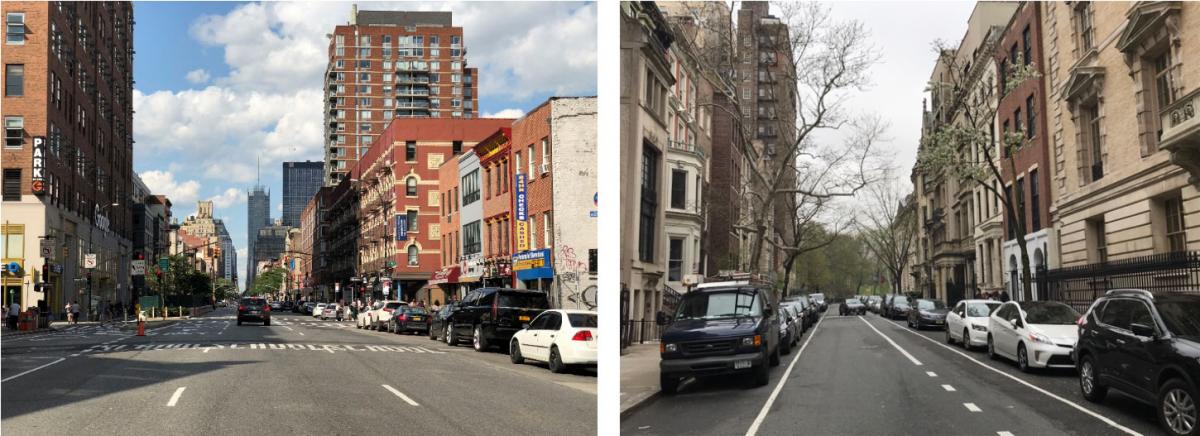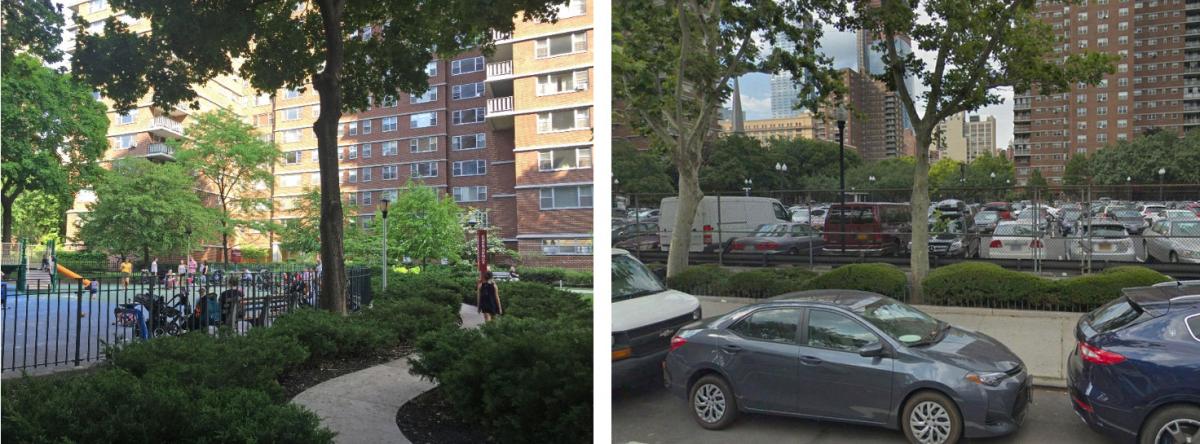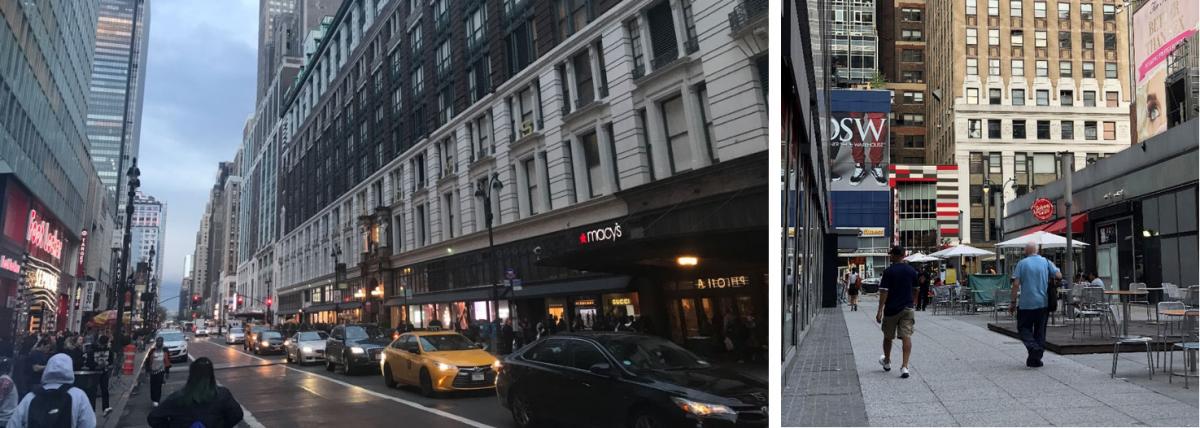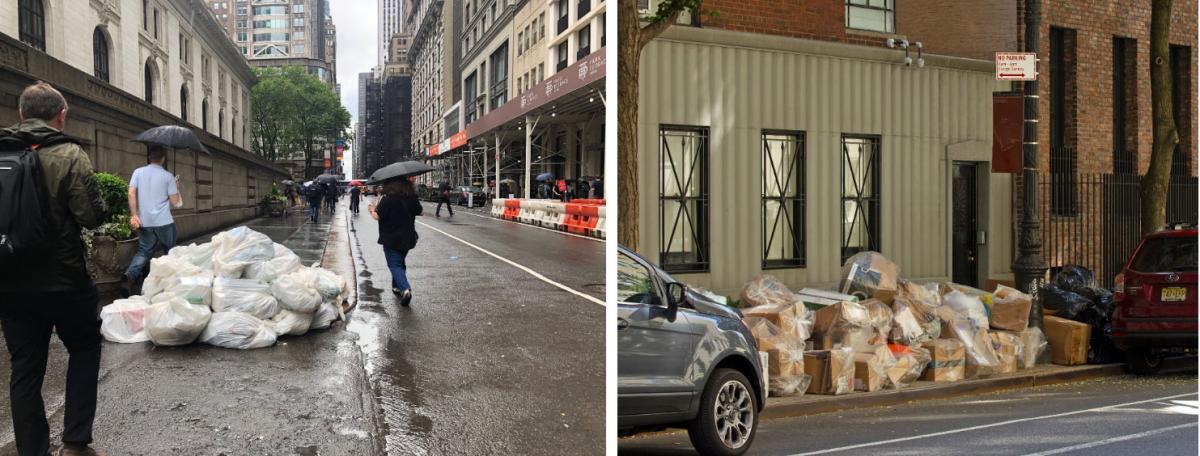 Posted Nov 8, 2019, 4:33 PM
Posted Nov 8, 2019, 4:33 PM
|
 |
Registered User
|
|
Join Date: Aug 2002
Location: Toronto
Posts: 52,200
|
|
|
Learning from Manhattan’s Urban Imperfections
Learning from Manhattan’s Urban Imperfections
NOV. 1, 2019
By MICHAEL HUSTON
Read More: https://www.cnu.org/publicsquare/201...-imperfections
Quote:
.....
New York City, and specifically Manhattan, does many things right from an urban planning perspective, including a well-connected street network, extensive transit system, grand parks and civic institutions, and a dense mixture of uses. However, it is curious to note that in at least these six ways the planning (and sometimes re-planning) of the city’s oldest borough has gone against the prevailing notions about how to make good cities. In this article, we explore a few of these planning imperfections and what we can learn from them.
- I suspect that when most urbanists think of Manhattan Streets, they conjure images of nearly continuous storefronts bustling with commercial activity which give way to tree-lined residential streets with elegant brownstone stoops – or maybe that’s just me! But this image of a perfect mixed-use environment with continuous “activated” streetscapes is a myth. Despite a density in Manhattan of over one hundred units per acre, one still finds a surprising amount of un-activated sidewalk-level building frontages that feature walls with modest windows (or even blank walls), and narrow strips of landscaping at the building’s edge. — This condition occurs even in some of the densest areas and busiest corridors. This reality check shows us that even at very high densities, there is only so much “good stuff,” i.e., ground-level retail, that can be supported by the market. However, it also shows that urban vitality can be maintained even when some frontages are less than ideal. In the end, the overall density of the city and the transit/pedestrian-oriented transportation system help to overcome shortcomings in the building frontage design.
.....
|
Some of the varied ways that buildings meet the sidewalk when there is no storefront or stoop. While these may not be ideal conditions, they are prevalent, even in high density areas. (Photos: Left, by Daniel E. Morales, middle/right by M. Huston)
 Examples of two one-way conditions in Manhattan. The one-way street on the left has one goal in mind, to move cars as fast as possible. Such streets—while efficient from a traffic point of view—are hostile to the pedestrian. On the right, a more benign use of the one-way street. Here, the bicycle lane, which arguably is not needed for a quiet residential street, helps reduce the apparent width of the travel lane while still allowing larger vehicles to navigate the street. (Photos, left, by D. Morales, right, by M. Huston)
Examples of two one-way conditions in Manhattan. The one-way street on the left has one goal in mind, to move cars as fast as possible. Such streets—while efficient from a traffic point of view—are hostile to the pedestrian. On the right, a more benign use of the one-way street. Here, the bicycle lane, which arguably is not needed for a quiet residential street, helps reduce the apparent width of the travel lane while still allowing larger vehicles to navigate the street. (Photos, left, by D. Morales, right, by M. Huston)
 Left, this tower-in-a-park in the middle of Chelsea works because it is the exception, not the rule, and because the open space has been amenitized as a public park. Right, just a block away to the north, the open space has been converted to surface parking, which unfortunately, is a far more frequent use of the open space. (Photos: Left by Fei Chin; right, from Google Earth Street View)
Left, this tower-in-a-park in the middle of Chelsea works because it is the exception, not the rule, and because the open space has been amenitized as a public park. Right, just a block away to the north, the open space has been converted to surface parking, which unfortunately, is a far more frequent use of the open space. (Photos: Left by Fei Chin; right, from Google Earth Street View)
 Left, a well-known long east-west block in Midtown Manhattan. Right, a pedestrian passage used to break the long block in Midtown (photos: left by M. Huston; right by D. Morales)
Left, a well-known long east-west block in Midtown Manhattan. Right, a pedestrian passage used to break the long block in Midtown (photos: left by M. Huston; right by D. Morales)
 Some of the ways that garbage and debris intrude on the sidewalk experience because of the lack of alleys. (photos by D. Morales)
Some of the ways that garbage and debris intrude on the sidewalk experience because of the lack of alleys. (photos by D. Morales)

__________________
ASDFGHJK
Last edited by KevinFromTexas; Nov 9, 2019 at 3:13 AM.
|



